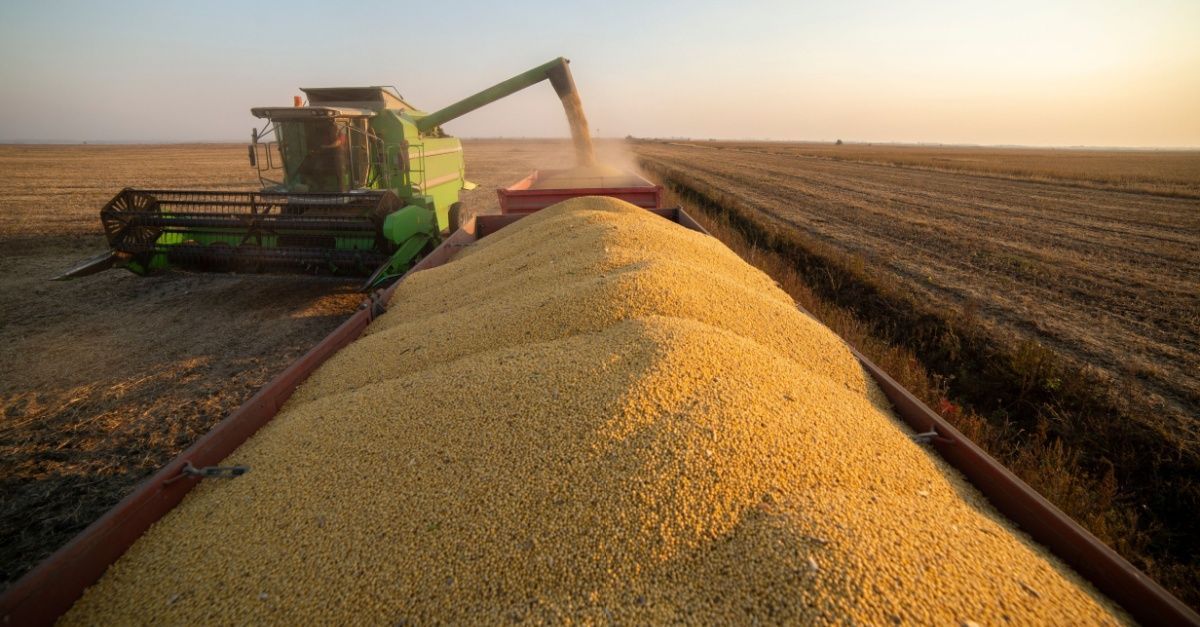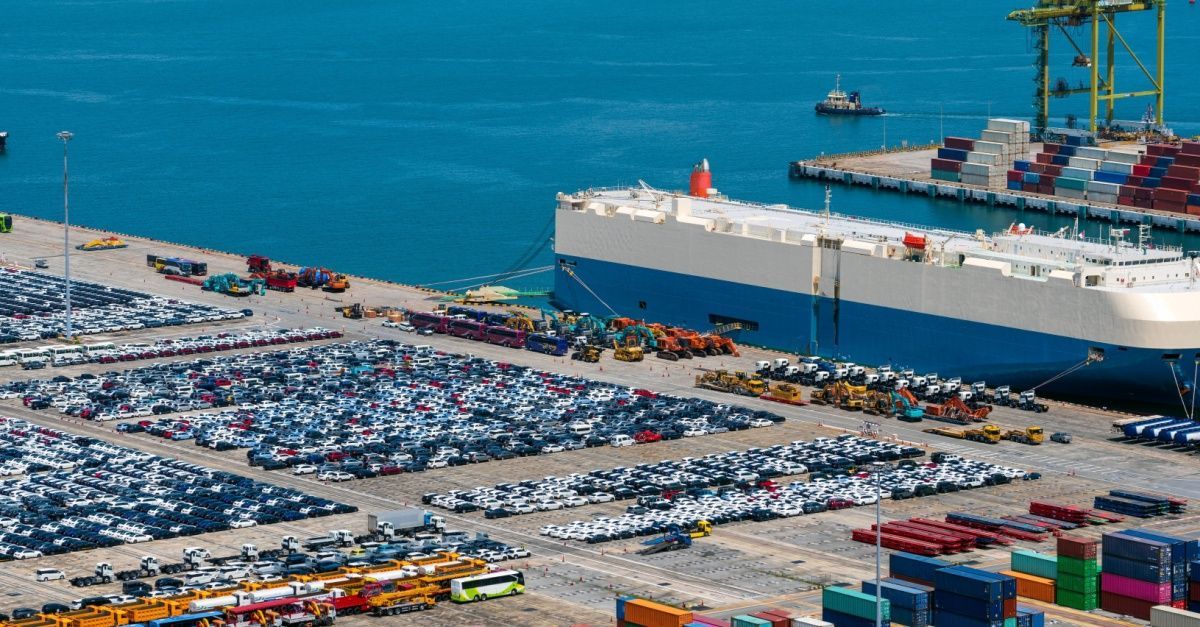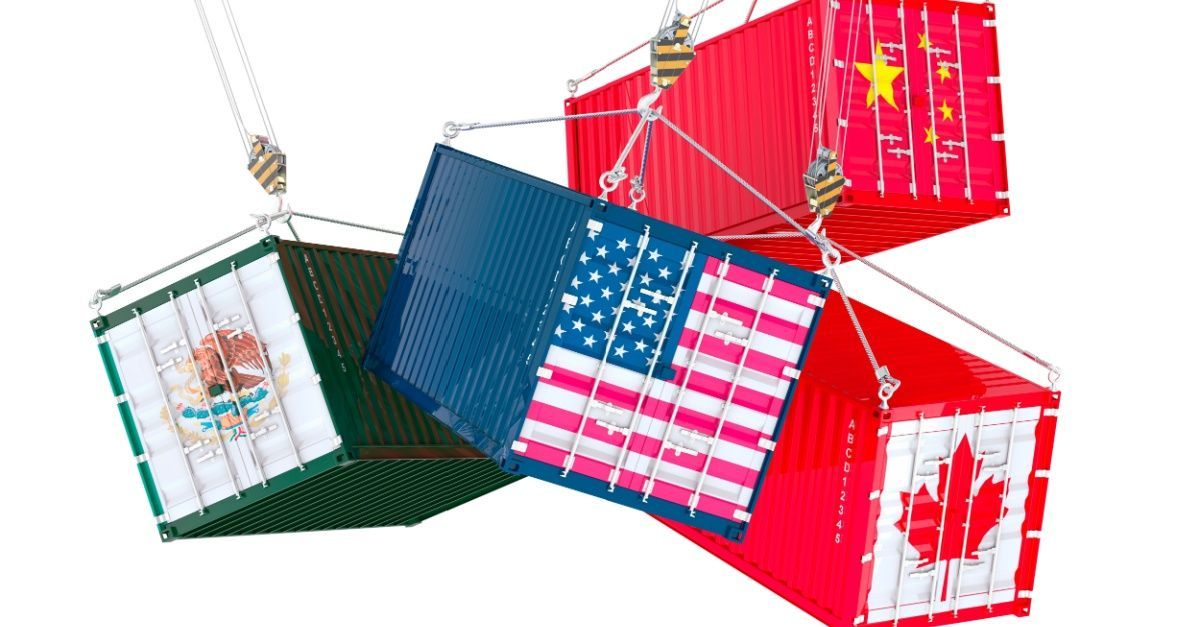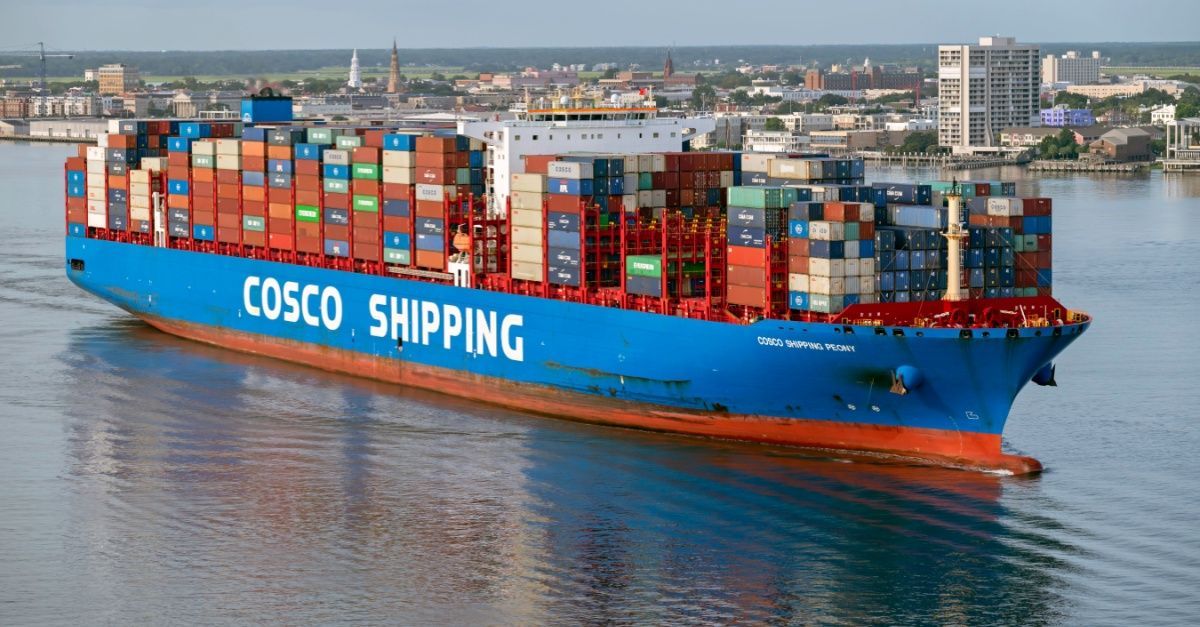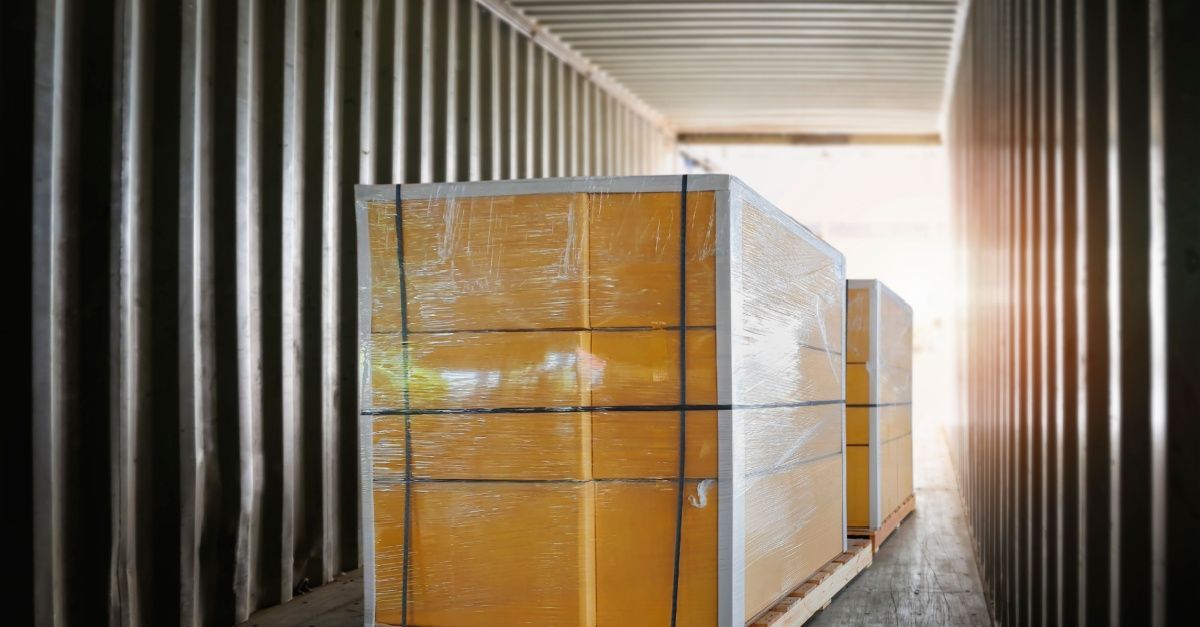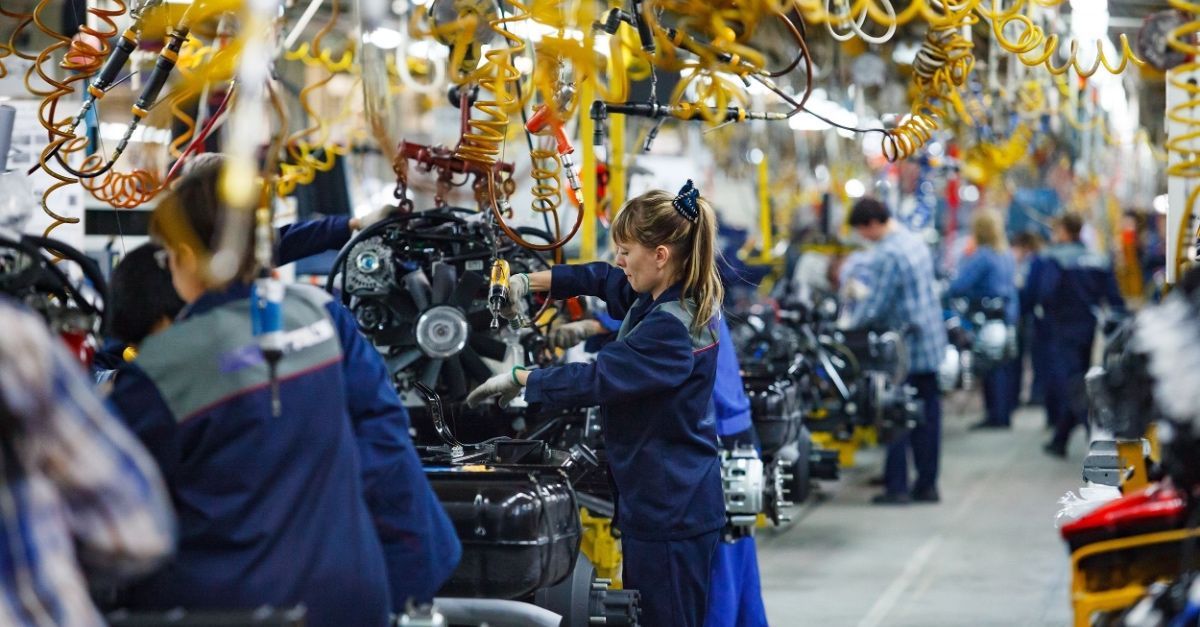Cutting Costs Up and Down the Supply Chain
Blog Post CTA
While every for-profit business has its own mission and goals, a commonality exists between all of them: maximizing revenue and saving costs. Some businesses in the food and agricultural industry are coming off pandemic-era highs in terms of demand, which means they’re not seeing the same revenue growth they saw over the last several years.
As such, it’s high time to trim the fat and keep costs low. Keeping tabs on the state of the supply chain industry can help with cost savings and spend planning. Here are eight headlines to stay up to date:
ADM Cuts SKUs, Cuts Costs
Archer-Daniels-Midland Co. is on a mission to cut costs. The food and nutrition giant intends to save half a billion dollars over the next two years, Supply Chain Dive reported.
A big reason for the cost cutting is ADM’s nutrition business. The segment’s revenue fell 6% year over year (YOY). The company will cut 17% of SKUs in the nutrition segment. ADM is also commissioning 300 projects to reduce costs, and it already closed more than 20 animal nutrition
production lines.
Going forward, simplicity is the name of the game for ADM. “Many of the supply issues are the result of the complexity built into the Nutrition business over time,” Chairman and CEO Juan Luciano told analysts on a recent earnings call.
A Mixed Truck Tonnage Picture
As some companies notice a slowdown in demand, the trucking market is reflecting the state of the market. In February, truck tonnage dropped 1.4% YOY. That was the 12th consecutive YOY dip, according to Transport Topics. On the plus side, though, tonnage was up 4.3% over January.
The conclusion from American Trucking Associations Chief Economist Bob Costello: “Truck freight remains in a recession.”
ACT Research analysts paint a slightly more optimistic picture. The firm predicts that the freight industry could improve in the second and third quarters of this year. One senior analyst at ACT said truckload CEOs are seeing volumes improve – enough that they can be more selective about their freight mix.
Trucking at the Bottom of the Hill
ATA’s assessment of the trucking industry dovetails with observations by owner-operators, brokers, and other freight analysts.
As
Trucking Dive reported, several speakers at the Mid-America Trucking Show, which took place in March in Louisville, Kentucky, agreed that the trucking market has bottomed out. One professor pointed out that over-the-road truckload is at the bottom, while
the less-than-truckload sector has now passed the low point.
No matter the segment, it's been a rough several months for carriers in the trucking industry. The segment has been in a trough for about a year and a half, and that could continue for much of this year. Contract rates appear to be flattening out, meaning shippers continue to have the upper hand when it comes to pricing power.
Signs of Freight Growth
Shippers are also transporting a lot less freight than they were last year. In February, shipments were down 4.5% YOY, according to the Cass Freight Index. Expenditures, which measure how much shippers spent on transportation, fell almost 20% compared to last year.
But it’s not all doom and gloom. U.S. manufacturing activity is on the upswing, and that’s leading to higher freight demand, the
Journal of Commerce reported. The index was 7.3% higher in February compared to January, and expenditures were up 4% month over month.
Transloading Gets a Boost
As trucking contends with its market reality, logistics companies are witnessing increasing popularity in one particular service: transloading.
The process involves moving freight from rail to truck, or vice versa. It was popular during the pandemic as ports were clogged and capacity was tight. Now it’s seeing a resurgence once again,
according to CNBC.
Some of the reasons include diversions from the Suez Canal due to attacks in the Red Sea, limited booking slots at the Panama Canal, and the threat of labor-related strikes at East Coast seaports. As a result of these disruptions, some shippers are sending freight to the West Coast and then going over land to reach East Coast destinations. In fact, disruptions have led to a nearly 20% increase in freight into West Coast ports.
Transloading not only adds flexibility, but it can also save costs for shippers. CNBC’s article notes that retailers can save up to $1,000 in transportation and labor costs with transloading.
Owner-Operators vs. the Judge
Aside from the ups and downs of the market, the trucking industry is also busy navigating the highway of regulation. The latest news concerns AB5, a California law which defines whether workers are classified as employees or contractors.
In mid-March, a federal judge in the state tossed a case from the California Trucking Association and the Owner-Operator Independent Drivers Association. The judge rejected arguments that AB5 should be barred from regulating California’s trucking sector.
Now, fights to keep AB5 out of the state’s trucking industry are “likely at a dead end,”
FreightWaves reported. It’s possible that groups could appeal the judge’s decision. But one attorney told the publication they’re not sure how successful it could be, and it might be time to move on.
The EV Transition Price Tag
Another regulatory action taking the industry by storm is the Biden administration’s move to decarbonize the trucking industry. The Environmental Protection Agency plans to finalize a rule that would mandate reduced truck engine emissions, from model year 2027 to 2032.
But compliance will be pricey, according to an
article in FreightWaves. The Clean Freight Coalition, which features members such as the American Trucking Associations, LTL carriers, truck dealers and truck stop operators, published a study about the costs. The conclusion: Commercial trucking would have to invest $620 billion in charging infrastructure. On top of that, utility companies would need to spend $370 billion to upgrade their grids so they can handle the demand. Altogether, that’s a $1 trillion price tag, which doesn’t even include the cost of purchasing new battery-electric trucks.
The legislation has plenty of supporters, though. Some environmental groups believe the EPA’s rule isn’t aggressive enough and have called for even stricter regulations. One group, the Zero Emission Transportation Association, advocates for 100% electric vehicle sales and called for a quicker transition to zero-emission trucks.
Supercharging Hydrogen Trucking
Battery-electric isn’t the only path to transition to zero-emission trucking. Fuel-cell, hydrogen-electric vehicles are another option. While they’re much less common, with less infrastructure to support them, Nikola is taking big steps to propel hydrogen trucks forward.
Car and Driver reported that Nikola has built HYLA stations that can refill a commercial truck in less than 20 minutes. The name HYLA combines “hydrogen” and “Nikola,” and it’s a subsidiary of the truck manufacturer.
The stations are not only for Nikola trucks. They use industry standards, so fuel-cell trucks from Hyundai or other manufacturers can also fill up.
Optimize Supply Chain Costs and Efficiency With Entourage
Whatever your supply chain needs, Entourage Freight Solutions can help you with personalized services that maximize efficiency. Entourage Freight Solutions offers the following services, and many more:
- Our LTL service provides on-demand access to capacity, along with real-time data and peace of mind in this high-stakes world.
- Our Freight Management lets your team stay organized across inbound and outbound logistics, tracking market capacity and using automation notifications to keep everyone informed.
- Our Refrigerated transport provides expertise in everything from finished goods to raw materials, ensuring products arrive on time and in top condition.
Request a quote today to see how Entourage Freight Solutions can solve your key logistics pain points.
